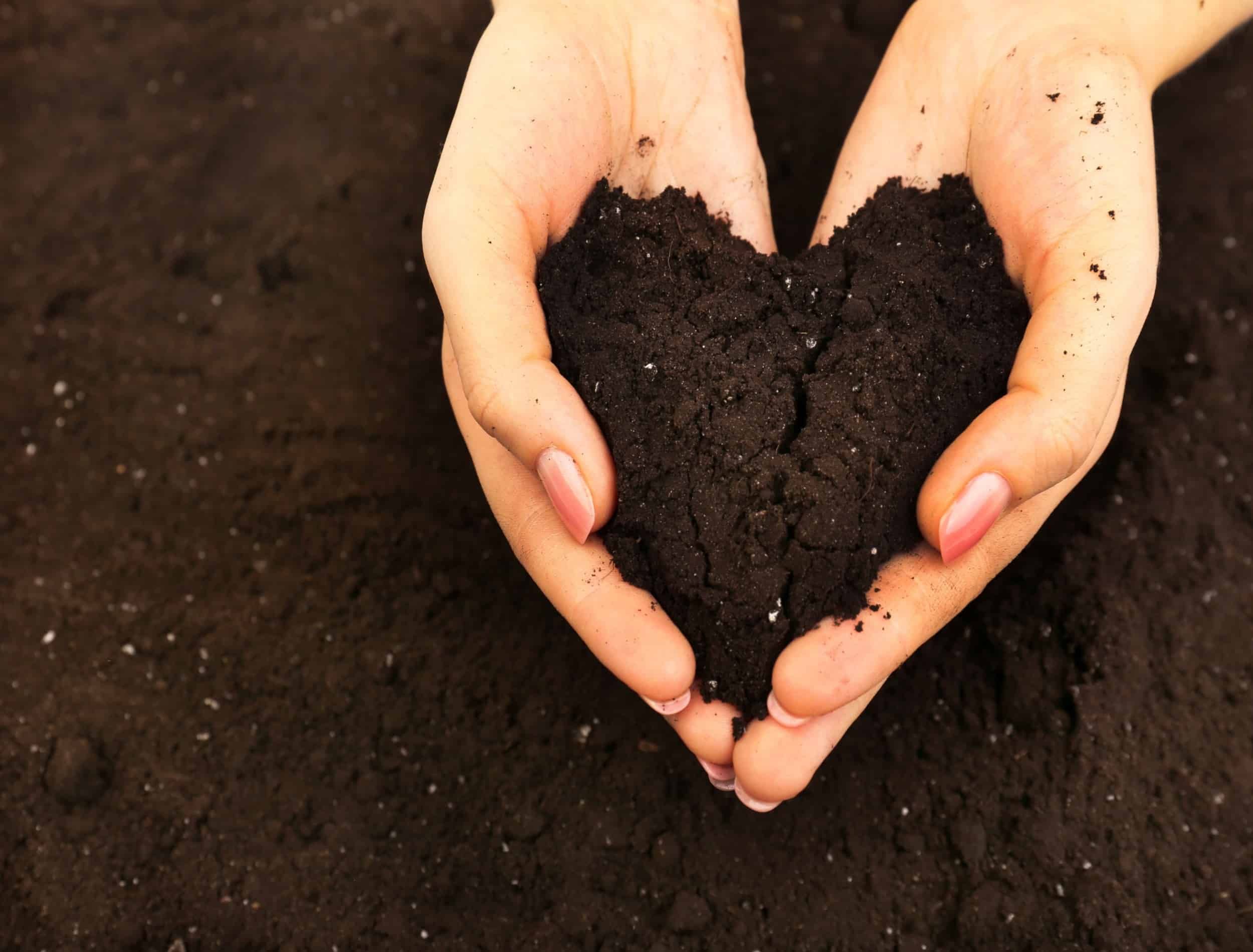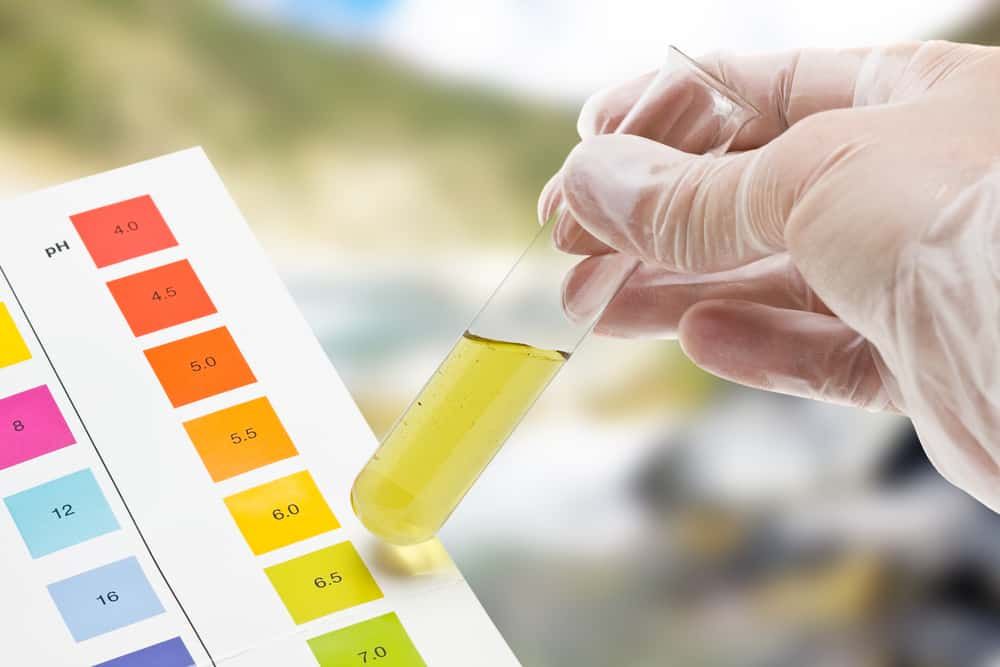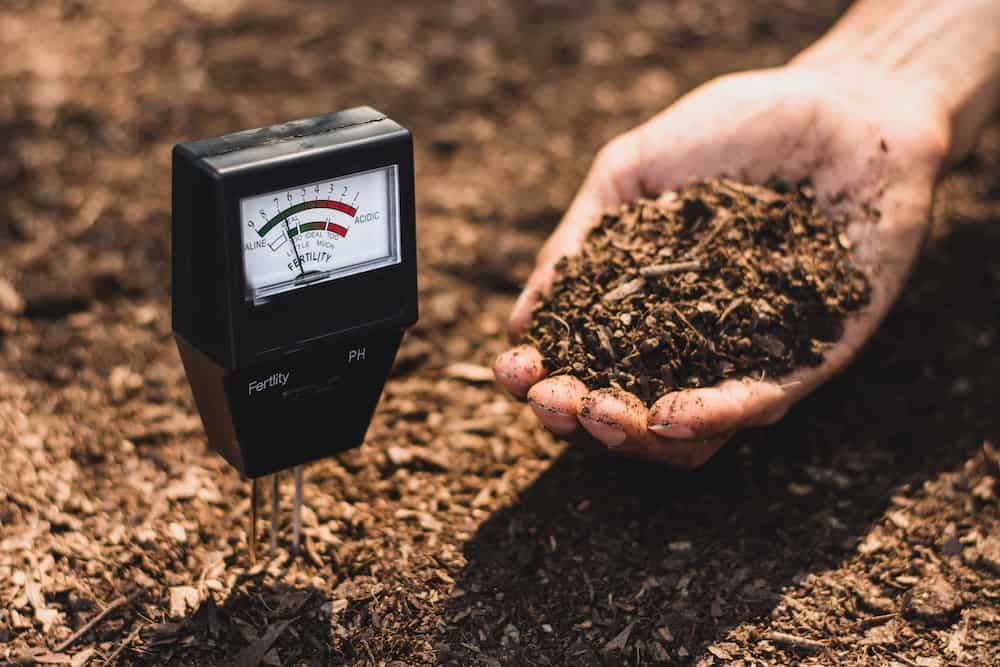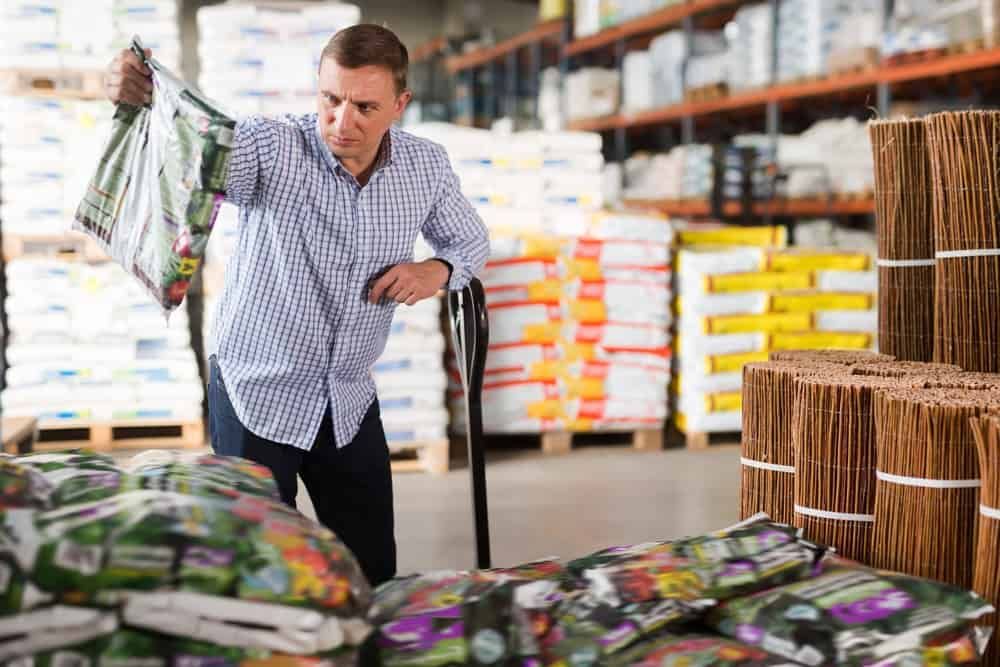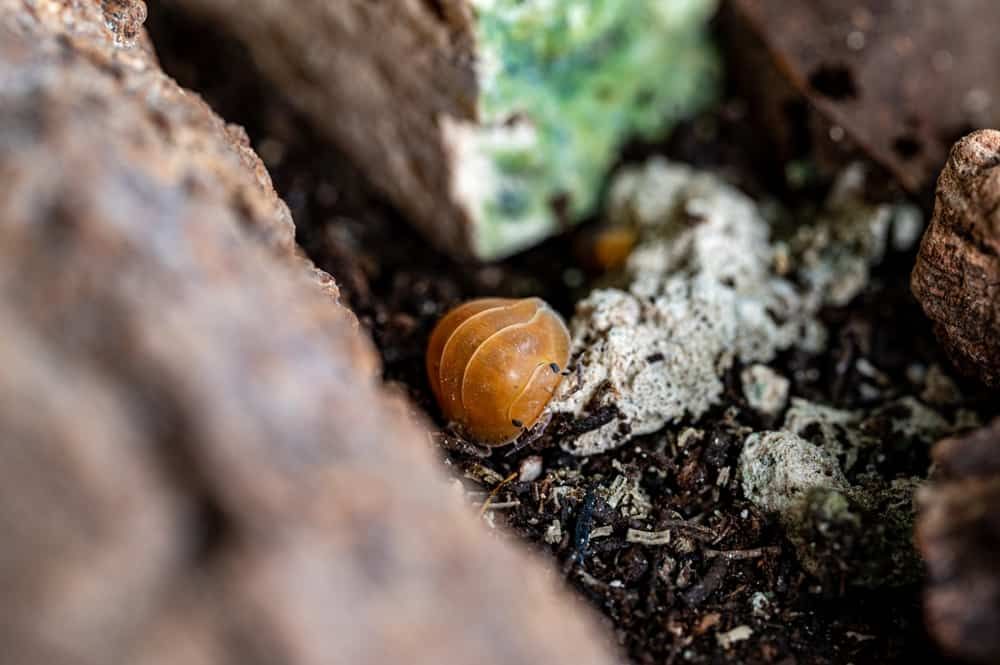When it comes to gardening, soil is key. To have a beautiful garden, you need good soil that will allow your plants to thrive. Not buying the correct garden soil can lead to disappointing results. Here are some of the most common mistakes people make when buying garden soil and how to avoid them. Read on to learn more!
Not Checking the Soil’s pH Level
Image credits: Shawn Hempel via Shutterstock
It's a common mistake to assume that all garden soil is the same. After all, it's just dirt, right? Wrong! The soil you use can make a big difference in the health of your garden. One crucial factor to consider is the pH level of the soil. The pH level will determine how well your plants will be able to absorb nutrients. If the pH level is too high or too low, it can make it difficult for plants to thrive.
While pH requirements vary by plant, most prefer neutral soil with a pH between 6.0 and 7.5. If the soil is too alkaline or acidic, it can affect the plant's ability to absorb nutrients. This can lead to yellowing leaves, stunted growth, and even death.
When buying garden soil, be sure to check its pH level and adjust accordingly. It's also a good idea to have your soil regularly tested to ensure it's still within the ideal range. Don't let a simple mistake like this ruin your garden!
Not Checking the Type of Soil
Image credits: kram-9 via Shutterstock
Garden soil comprises three main ingredients: sand, silt, and clay. The ratio of these ingredients determines the type of garden soil you have. For example, if your garden soil is mostly sand, it will drain quickly but won’t hold onto nutrients well. On the other hand, if your garden soil is mostly clay, it will hold onto nutrients but won’t drain well.
The best garden soil is a (nearly) equal mix of all three ingredients. This type of garden soil is known as loam. Loam garden soil holds onto nutrients well and drains well, making it ideal for most plants.
When buying garden soil, always check the label to see what type of garden soil it is. If the label doesn’t say, ask a customer service representative.
Not Checking for Nutrients
Image credits: Galeanu Mihai via Canva
One of gardeners' most common mistakes is not checking for nutrients when buying garden soil. While all garden soils contain some nutrients, the levels can vary greatly. This means gardeners need to be aware of what they are putting into their garden and how that will affect the plants they are trying to grow. The best way to know what nutrients you’re missing from your garden soil is to have it tested.
Once you know the nutrient levels in your garden soil, you can determine how to amend or fertilize it correctly if necessary. The amendments you use will depend on the plants you are trying to grow. For example, if you are growing vegetables, you will need different amendments than if you are growing flowers.
By checking the nutrients in your garden soil and fertilizing accordingly, you can ensure that your plants will have everything they need to thrive. Don’t let a lack of knowledge about garden soil stop you from having a beautiful garden!
Not Checking the Price
Image credits: BearFotos via Shutterstock
Buying garden soil without checking the price first is a common mistake. Not doing so can result in you paying too much for the wrong kind of soil. Here are some tips on how to avoid this mistake:
Do your research before you go to the store. Know what kind of garden soil you need for your garden. There are many different garden soils, each with its benefits and drawbacks. By doing your research, you'll know what to look for and what to avoid.
Garden soil can be expensive, so it's essential to shop around and compare prices before you buy. You may be able to find the same type of garden soil for a lower price at another store. Before you buy, check to see if there are any coupons or discounts that you can use - many stores offer them.
Also, don't be afraid to ask questions. If you're unsure about something, ask a salesperson or garden expert. They can help you figure out what kind of garden soil you need and whether or not the price is fair.
By researching and shopping around, you can find the right garden soil at a price that fits your budget.
Not Checking for Pests or Debris
Image credits: YuenSiuTienvia Shutterstock
When you're at the garden center, it's easy to get caught up in the moment and forget to do a simple check for pests or debris. This is a common mistake that can end up costing you big time. Not only will your plants be at risk, but you could also damage your garden's existing soil.
To avoid this potential disaster, take a few minutes to inspect the garden soil before you make your purchase. Look for any signs of pests or diseases and remove any debris. By taking these simple precautions, you'll ensure that your garden soil is healthy and ready for planting.
Fool Me Once!
So, what are you waiting for? Get out there and start planting! Just be sure to avoid these common mistakes when buying garden soil, and you’ll be on your way to a beautiful garden in no time. Do you have any tips or tricks that have worked well for you? Share them in the comments below!

